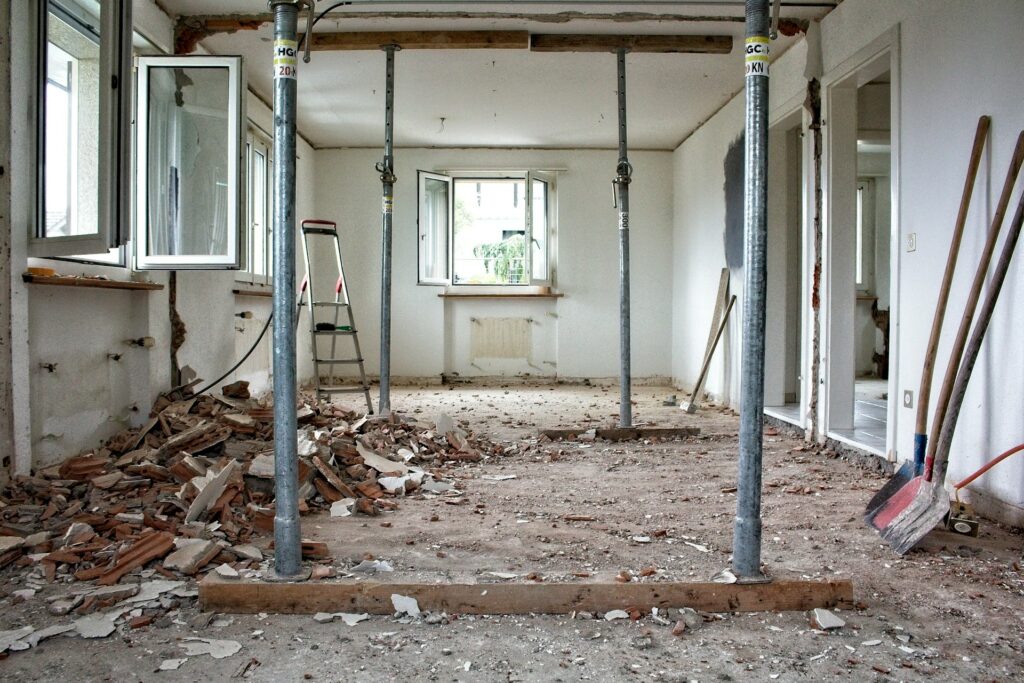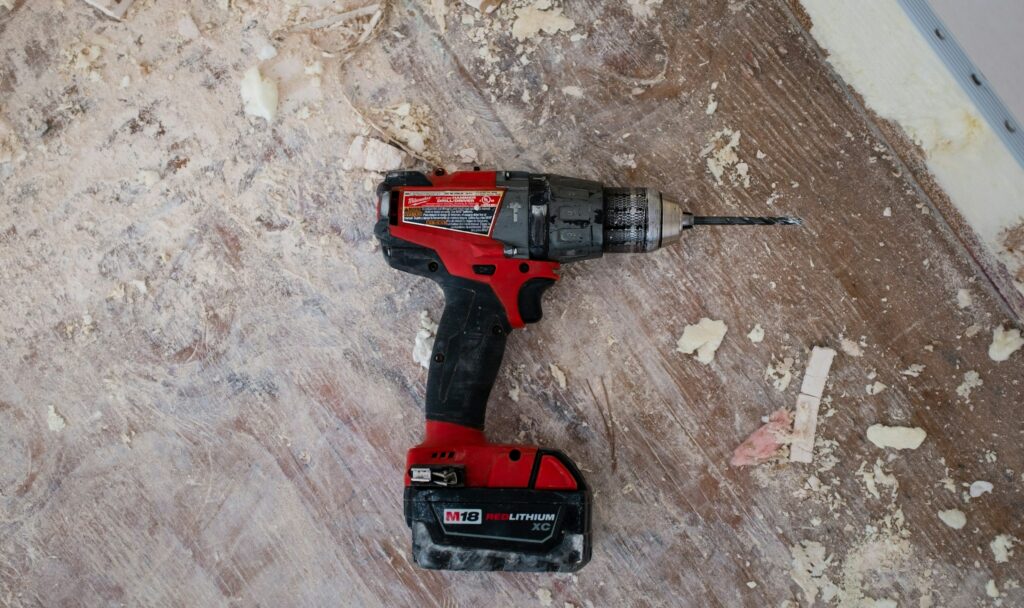‘Lease’ is the legal term for a property contract giving the leaseholder exclusive possession of land for a determinable period of time. The lease itself is essentially a written agreement recording the terms on which the landlord cedes possession of the property to the leaseholder. If the leaseholder ‘sells’ the property, strictly speaking what they are selling is that lease, for however much time remains, and on the same terms agreed with the original leaseholder.
When it comes to alterations, most leases will contain one of three provisions (or a combination of the three). These range from an ‘absolute’ covenant, in which the landlord holds tightly to their right over the property, through to ‘qualified’ and‘fully qualified’ covenants, which concede greater freedom to the leaseholder.
Absolute
An absolute covenant prohibits alterations absolutely. Only if the landlord is prepared to waive the clause will the leaseholder be able to undertake alterations.
Typical Example: “Not to make any structural alterations in or to the flat nor to decorate or alter or add to the external elevations or front door thereof in any way”
Qualified
A qualified covenant prohibits alterations except with the landlord’s consent.
Typical Example: “Not at any time during the said term to make any alterations in or additions to the Flat or any part thereof or cut main alter or injure any of the walls timbers or girders thereof or to alter the Lessor’s fixture therein without the Lessor’s prior written consent”
Fully qualified
A fully qualified covenant provides that alterationsmay only take place with the landlord’s consent, which the clause specifies must not be unreasonably withheld.
Typical Example: “Not to make any alterations or additions to the flat or to erect any new buildings thereon or remove any of the landlord’s fixtures without first obtaining the lessor’s consent, not to be unreasonably withheld”.
Silent
If the lease says nothing about alterations, it is known as ‘silent’ and the leaseholder is free to carry out the alterations as they choose. This is rare, and not recommended when the leases are being drafted!
In some circumstances, the Landlord and Tenant Acts of 1927 and 1954 provide that where alterations are necessary to comply with statute, consent cannot be withheld. Alterations are also a common source of dilapidations disputes when a lease expires. The clearer the lease, the better for all concerned.
Whatever type of covenant applies, the lease is the ‘Bible’ and should always be consulted by both parties before decisions are made.
How we can help
The Licence to Alter team at Earl Kendrick is ready to help property managers and landlords deal with applications from leaseholders – or indeed to guide leaseholders in their own applications. Please feel free to contact us on enquiries@licencetoalter.com.



